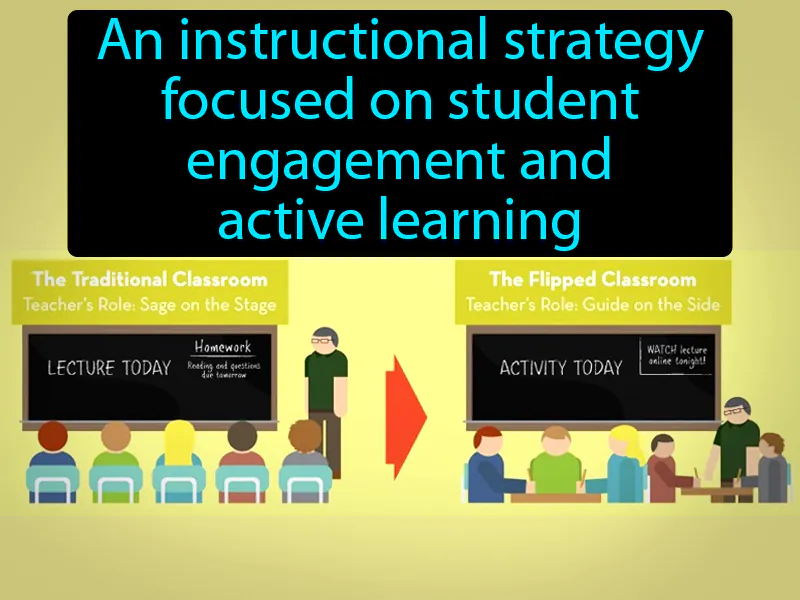Flipped Classroom
Flipped Classroom: Easy to understand
In the early 21st century, the flipped classroom became popular as a way to improve student engagement and learning. It responded to the problem of passive learning in traditional classrooms, where teachers lectured and students listened quietly. By having students learn new content at home, often through videos, and doing hands-on activities in class, it encouraged active participation. This approach is still relevant today because it helps students better understand and apply knowledge by using classroom time for discussion and problem-solving. For example, in math class, a student might watch a video about new concepts at home and then work on challenging problems with their classmates and teacher's help in school.

Practice Version

Flipped Classroom: An instructional strategy focused on student engagement and active learning. Flipped classroom. In a flipped classroom, students learn about historical events or concepts at home and use class time for discussions and activities.